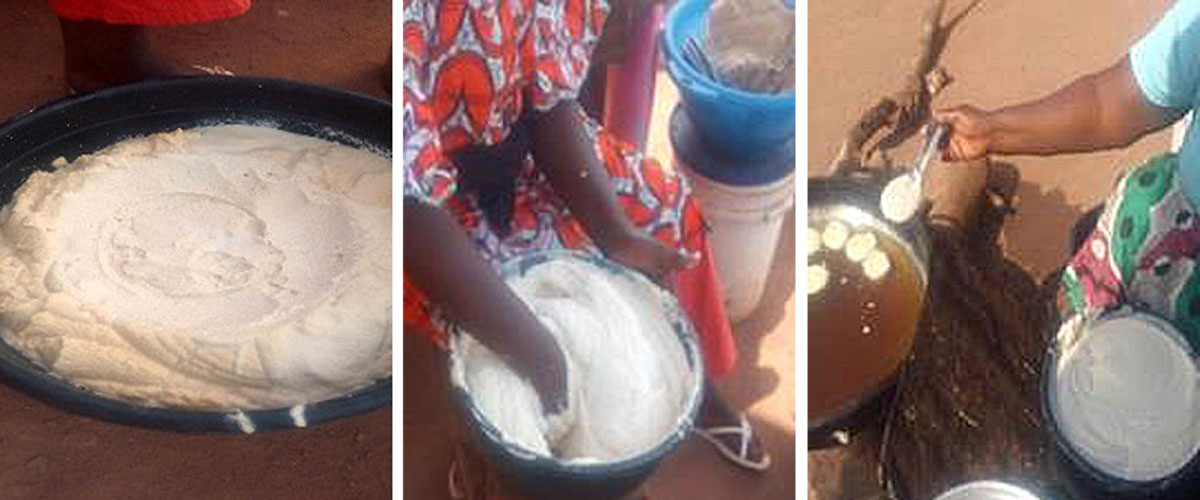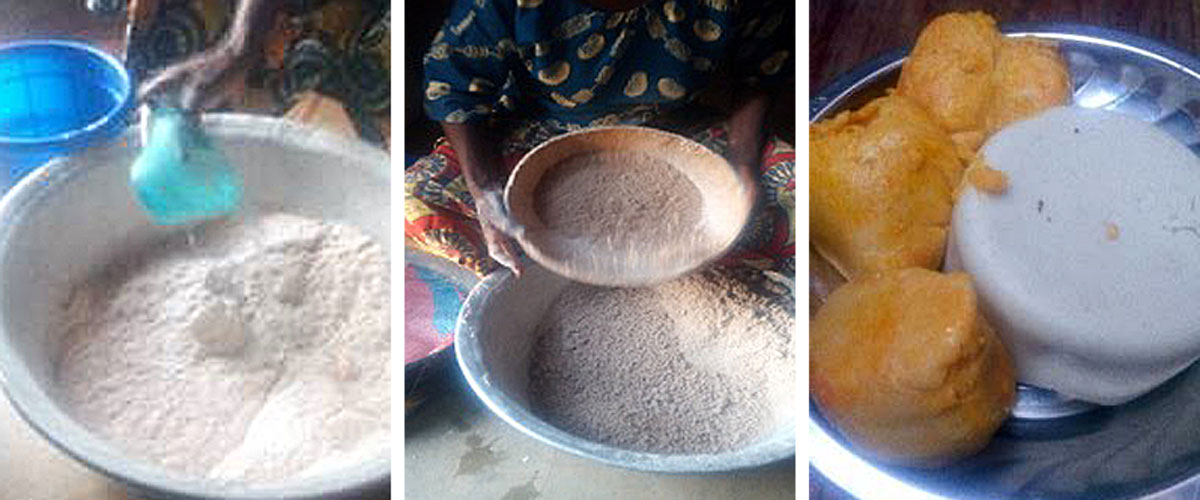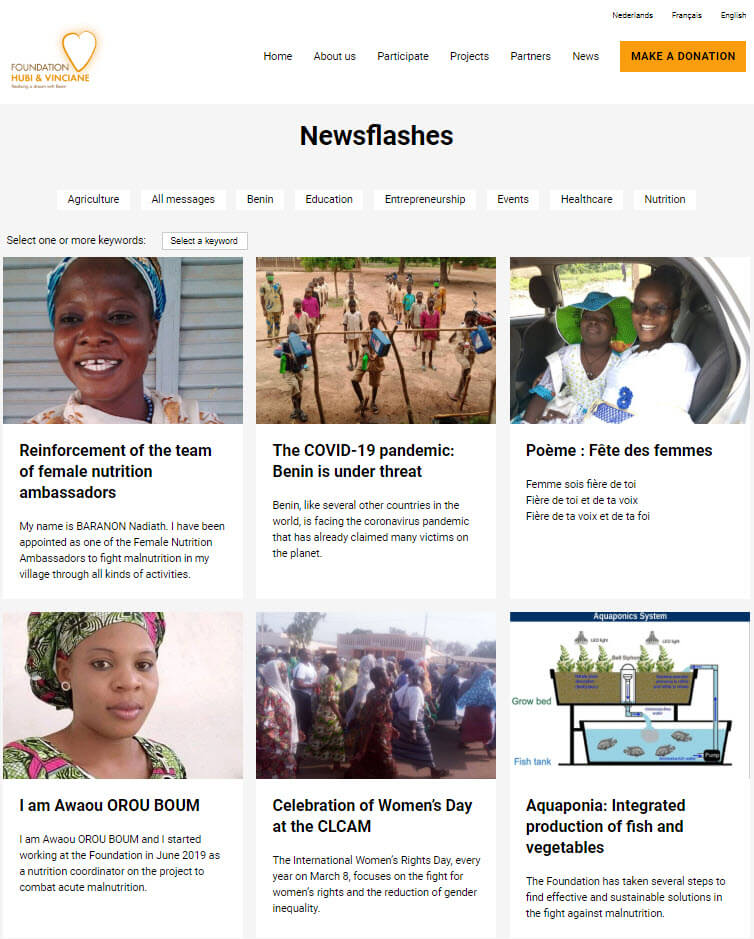On a voyage to discover the eating habits in the north of Bénin
On a voyage of discovery to the eating habits in the north of Benin
Each population has its eating habits. The dishes from the north of Benin are especially rich in carbohydrates, fats and proteins, as one can see through the three recipes we present you below.
The first dish is a cake made from beans, suitable for breakfast or for tea time, accompanied by a corn or slurry juice. The fritters are obtained by soaking the beans for 2 hours, then removing the skin, grinding them, seasoning them with salt and spices, then kneading them and finally deep-frying them. The preparation of the corn or slurry juice is done as follows: after soaking the corn for 2 to 3 days, it is ground and sieved. The starch is then diluted with water and finally boiled.

The second dish is a couscous of dried yam root called Wassa Wassa. The yam is ground, moistened, granulated, pre-cooked, washed and steamed. It is often eaten together with a sauce based on tomatoes, onions and chilli peppers. This couscous is sold everywhere, even in schools. Thanks to its nutritionists, the Foundation improved this dish by adding moringa, a vegetable, and soy cheese. A large number of women were trained in this and were able to create a source of income by selling the couscous in schools and elsewhere.

The third dish is Akassa (a corn dough) with Alélé (a bean pie). The corn is soaked for 2 to 3 days, then ground, sieved and cooked over a fire, shaking continuously for about 20 to 30 minutes. Alèlè is obtained by soaking the beans for 2 hours, removing the skin, seasoning them with red oil, salt and spices and then wrapping them in steam sachets.

The lack of knowledge about healthy food is a hindrance to further development, causing the population to continue to cook food in sachets. The Foundation tries to do something about this and encourages women to cook this dish in banana leaves. Through her project “Every woman a banana plant” these leaves are made available.
Almost all the dishes we’ve been able to discover are unbalanced. They contain sufficient sources of carbohydrates, proteins and fat, but not enough fruit and vegetables. The Foundation is looking to improve this by creating gardens for fruit and vegetables in schools and in households in its intervention areas.

